Afton Chemical Corp.
Pushing the Limits: The Pressures that Drive Hydraulic Fluids to New Heights
Introduction by Phil Rohrer, Marketing Manager – Industrial, Afton Chemical Corporation | TLT CMF Plus November 2019
Article by Bosch Rexroth; Authored by Karl-Heinz Blum, Fluid Validation - Germany, and Dipl.-Ing. Klaus Ellenrieder, Head of Department Testing - Germany
In collaboration with and originally presented at STLE 2019 by:
Dipl.-Ing. Viktor Schuck, Team Lead R&D Validation Laboratory – North America, and
Dipl.-Ing. Ralf Leonhardt, Head of Department Pumps & Motors Product Development – North America
Introduction
In this article Afton Chemical’s CMF Key Driver Seminar guest speakers from Bosch Rexroth discuss how they are assessing and recognizing differentiated hydraulic fluid performance. This is very important as their OEM customers look to them to deliver continuous improvement in performance of their products. Differentiated performance demonstrates how fluids protect and extend the life of critical hydraulic system components and support increasing hydraulic system performance.
For more information about how Afton additives can help you provide differentiated hydraulic fluid performance to improve end-user productivity, reliability, and efficiency, contact your Afton representative
here.
Pushing the Limits: The Pressures that Drive Hydraulic Fluids to New Heights
Over the past few years, the efficiency of hydraulic systems has again increased considerably. This also increases the demands made on the hydraulic fluids used, since they can have a crucial effect on the wear properties of hydraulic components. Relevant standards only define the minimum requirements of hydraulic fluids. They do not reflect further technical developments and do not make it possible to differentiate between the fluids. Bosch Rexroth offers the manufacturers of lubricants and additives a standardized assessment.
Bosch Rexroth’s OEM customers have requirements and expectations of our hydraulic products to provide a continuous increase in product performance, fuel efficiency, productivity, and functional safety in combination with lower product cost and noise. The technology focus used to be the development of hardware only in combination with some electronics to control the products. Nowadays, the technology trend is digitalization, the need for connectivity of products with each other to establish more automation and ultimately more value for the end-user. We call this “from the ground to the cloud.” (
Figure 1)
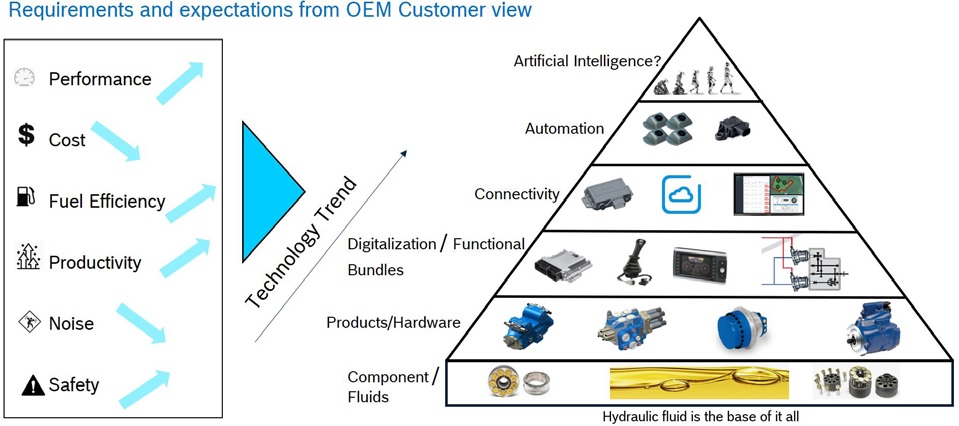 Figure 1. From the Ground to the Cloud
Figure 1. From the Ground to the Cloud
Over the last few years power density has risen considerably to improve product performance, fuel efficiency, and productivity. This means that the power-to-weight ratio for axial piston pumps and motors has more than doubled over the last few decades. These increases in performance place demands on hydraulic fluids used more than ever before; therefore, the requirements for lubricant must increase as well (
Figure 2).
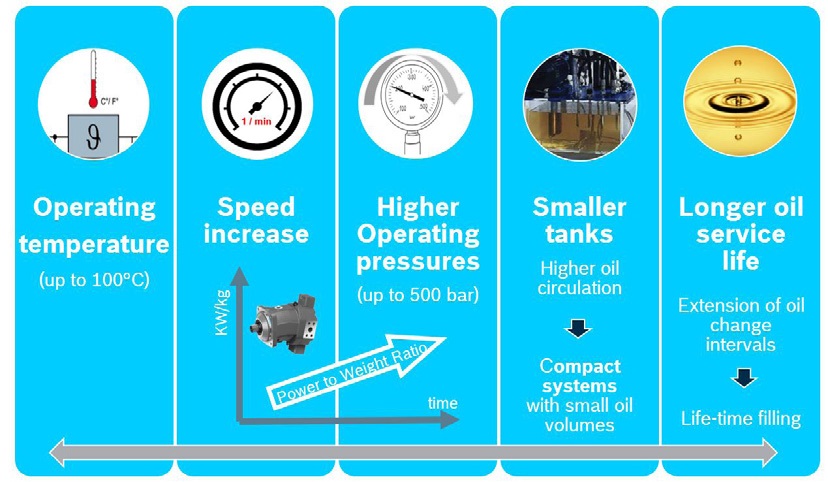 Figure 2. Trends in Hydraulic Industries
Figure 2. Trends in Hydraulic Industries
Hydraulic fluids have further developed as well. Developments of both lubricants and systems are not considered adequately in the relevant standards. Hydraulic fluids combined with the operating conditions have a crucial effect on the wear properties and consequently affect the lifetime of hydraulic components.
The standard requirements for hydraulic fluids (DIN 51524 or ISO 11158 for mineral oils; ISO 15380 for environmentally compatible hydraulic fluids and ISO 12922 for fire-resistance) only describe the minimum requirements of new and used fluids. These standard requirements do not take into account the chemicals used by lubricant manufacturers in the base oil and additives. Depending on the application and operating conditions, however, these chemicals can be highly relevant. This is the reason for component tests in addition to mechanical testing of vane pumps, which assess the suitability of the hydraulic fluid under real conditions on a product-specific basis.
Bosch Rexroth has gathered a wide range of experience in numerous tests with fluids. Some of the hydraulic fluids tested demonstrated very different wear properties after a relatively short operating time in recent motor and pump applications: For example, a fluid that complied with the minimum requirements of the standard led to significant wear in pumps and motors after less than 100 operating hours (
Figure 3).
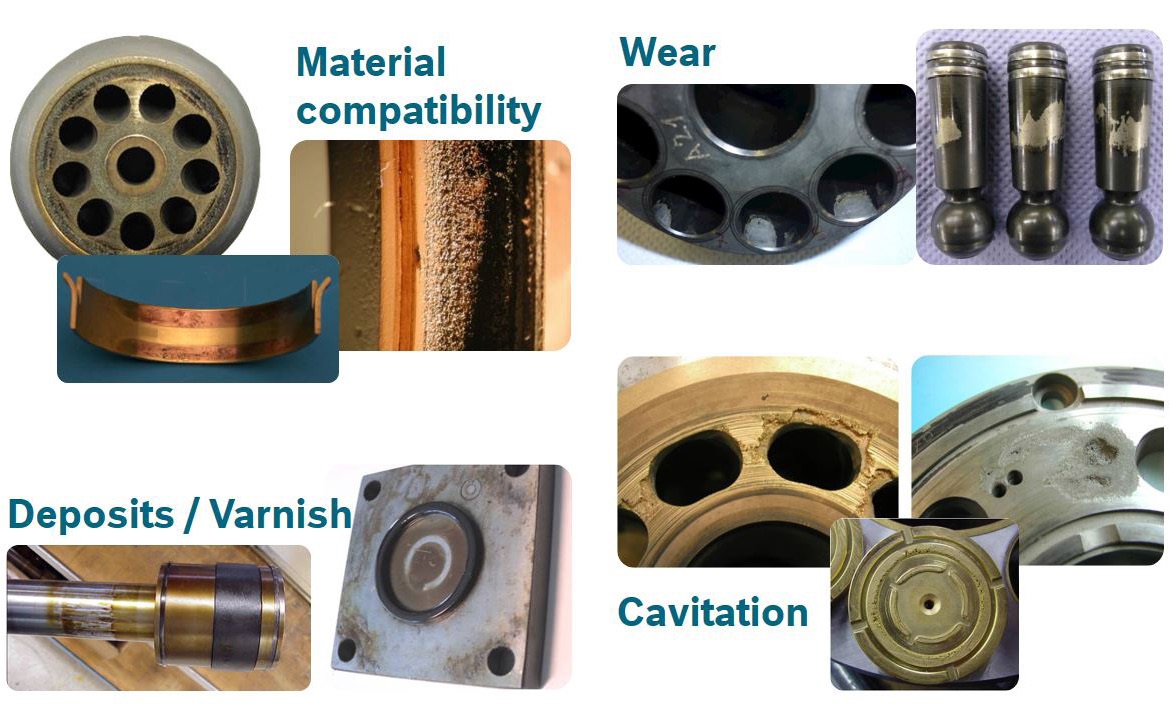 Figure 3. Causes of failure due to fluid
Bosch Rexroth Rating Procedure
Figure 3. Causes of failure due to fluid
Bosch Rexroth Rating Procedure
To meet the aim of reducing the risk of damage due to fluids and to increase operating safety for machine manufacturers and operators, Bosch Rexroth developed a neutral rating procedure based on existing DIN or ISO minimum requirements. This means Rexroth tests the behavior of fluids in a practical way as well as the reciprocal effects on the core components of the pump and motor. This is suitable for all mineral oil-based hydraulic media, related hydrocarbons, environmentally acceptable media as well as fire-resistant anhydrous hydraulic fluids.
To have the effectiveness of hydraulic fluids rated on an independent basis, manufacturers of lubricants and additives can register
here. Rexroth data sheet 90235 describes the rating procedure in detail. Within the scope of the Rexroth Fluid Rating, the manufacturer tests the technical characteristics of the hydraulic fluid. Rexroth checks the values for plausibility and confirms for compliance with the standard. The additional requirements include stricter standard characteristic values, motor, and pump tests as well as a specified, static seal test that evaluates the suitability of the hydraulic fluid with defined Rexroth components and conditions. Depending on the fluid category and the Rexroth components that are used, the fluid test must pass before commissioning the fluid rating. In addition, samples of the base oils that are used and tested hydraulic fluids are stored for future reference.
If the hydraulic fluid meets all the requirements of RDE 90235, it is included in Bosch Rexroth Fluid Rating List 90245. The Fluid Rating List replaces current market overviews RD 90220-01 (mineral oils) and RD 90221-01 (environmentally acceptable hydraulic fluids).
In addition to this, Rexroth issues a quality label to the manufacturers of the hydraulic fluids listed in RDE 90245 (
Figure 4). This means users can recognize immediately that the hydraulic fluid in question has been qualified and is a high-quality fluid.
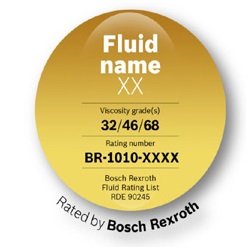 Figure 4. Fluid Rating Quality Label
The Fluid Test
Figure 4. Fluid Rating Quality Label
The Fluid Test
Bosch Rexroth currently offers one fluid test each for closed loops and open loops. Rexroth's “Fluid Test Axial Piston Unit Closed Loop” (RFT-APU-CL) represents the current requirements of a hydrostatic drive. It uses a combined unit consisting of a swashplate hydraulic pump (A4VG) and a swashplate hydraulic motor (A6VM).
Under real-world conditions, the hydraulic fluid goes through a break-in, a cyclic phase, and a full speed and pressure phase. At high loading levels, the unit runs for several hundred operating hours at 4000 RPM during the test and at an operating pressure of up to 500 bar.
Following the test, the test unit is disassembled, and the combination of effects between the hydraulic fluid and the components are examined. While doing this, changes in the weight of the components or their dimensions are measured, and a visual inspection is carried out for the component's surfaces. From this, Bosch Rexroth specialists derive material compatibilities and wear properties. In addition, Rexroth analyses the condition of the hydraulic fluid before, during, and after the test. This allows drawing valid conclusions about the continuous operation or wear properties. Depending on the pump/motor combination and the hydraulic fluid used, we envision further tests in the future, including cavitation and aging properties, for example.
Real-world experience indicated some fluids used in the field did not pass the Rexroth fluid test due to the insufficient wear properties. An optimized fluid demonstrates sufficient wear properties, which successfully passed the fluid test. This fluid replaced the original fluid in the field, leading to successfully solving the field problem.
Rexroth’s “Fluid Test Axial Piston Unit Open Loop-HFC” (RFT-APU-OL-HFC) for hydraulic fluids in an open-loop represents the requirements for applications specifically with fire-resistant, aqueous hydraulic fluids of Category HFC. The fluid test consists of a constant conditions phase and a swivel cycle test. The test consists of a high-pressure A4VSO swashplate combined unit and a medium-pressure EA-10VSO swashplate unit. As previously, the test unit is disassembled after the test, and the components and hydraulic fluid are inspected for their effects according to similar rating criteria as with the “RFT-APU-CL” fluid test.
If desired, Bosch Rexroth offers the fluid test rig (RFT-APU-CL) manufacturers of lubricants and additives can use in test laboratories for their own development work (
Figure 5).
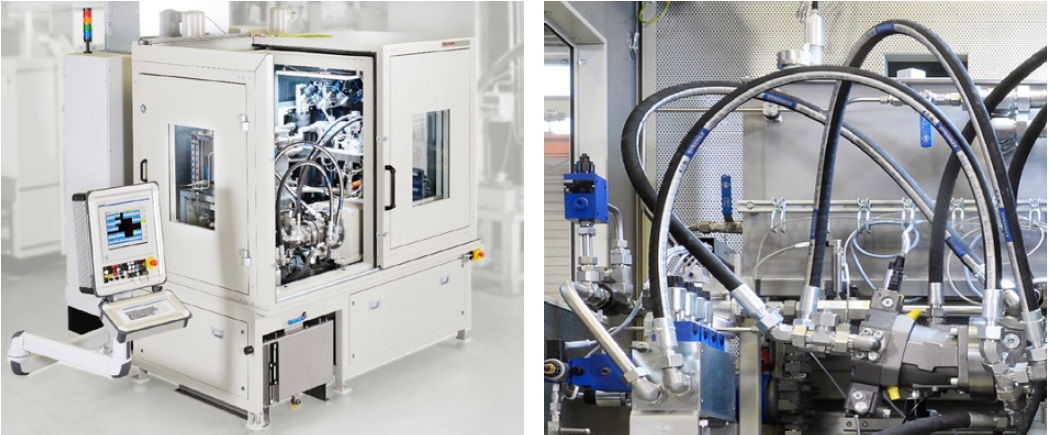 Figure 5. Test Rig RFT-APU-CL
Figure 5. Test Rig RFT-APU-CL
In addition, Rexroth also offers a fluid aging test rig (RFT-OA), which can represent real-life oil aging by the controlled addition of air, water, metal, and non-metallic particles to accelerate aging of the oil. (
Figure 6) Both test rig models are available for purchase for new lubricants development or problem solving at lubricant manufacturer’s site.
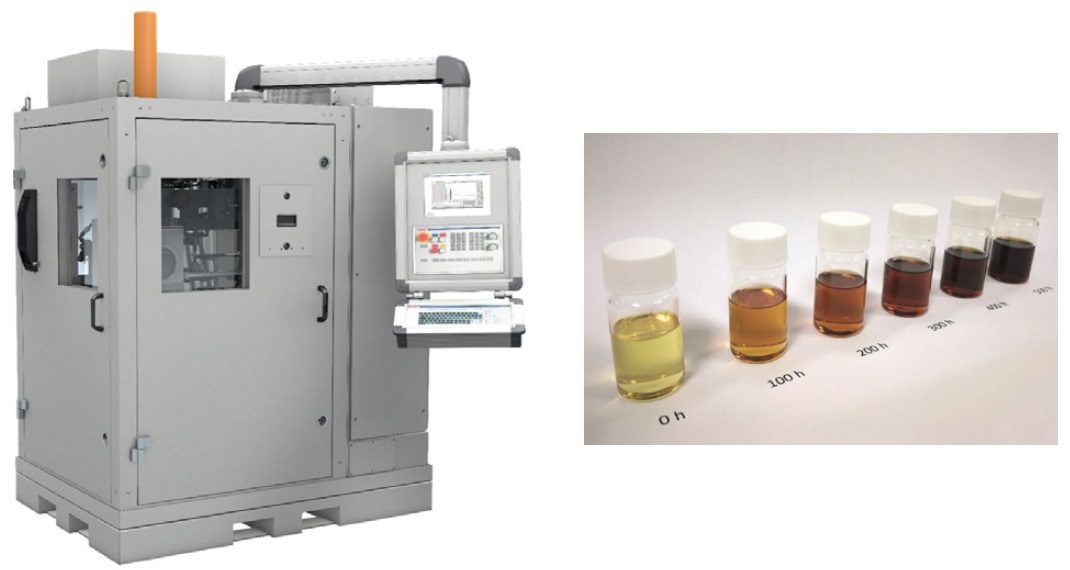 Figure 6. Test Rig RFT-OA and Oil Aging Gradation
Conclusion
Figure 6. Test Rig RFT-OA and Oil Aging Gradation
Conclusion
As Karl-Heinz Blum, the manager responsible for fluid validation at Bosch Rexroth, emphasizes, “Our results from fluid ratings demonstrate enormous differences between the hydraulic fluids that are available on the market, even though they all meet the minimum requirements of the standards. Machine manufacturers who use the Bosch Rexroth Fluid Rating List to orient themselves when selecting hydraulic fluids improve operational safety; reduce the probability of pump and motor failure and lower downtime and maintenance costs”.
© 2019 Article, imagery and figures by Bosch Rexroth AG. Used with permission.